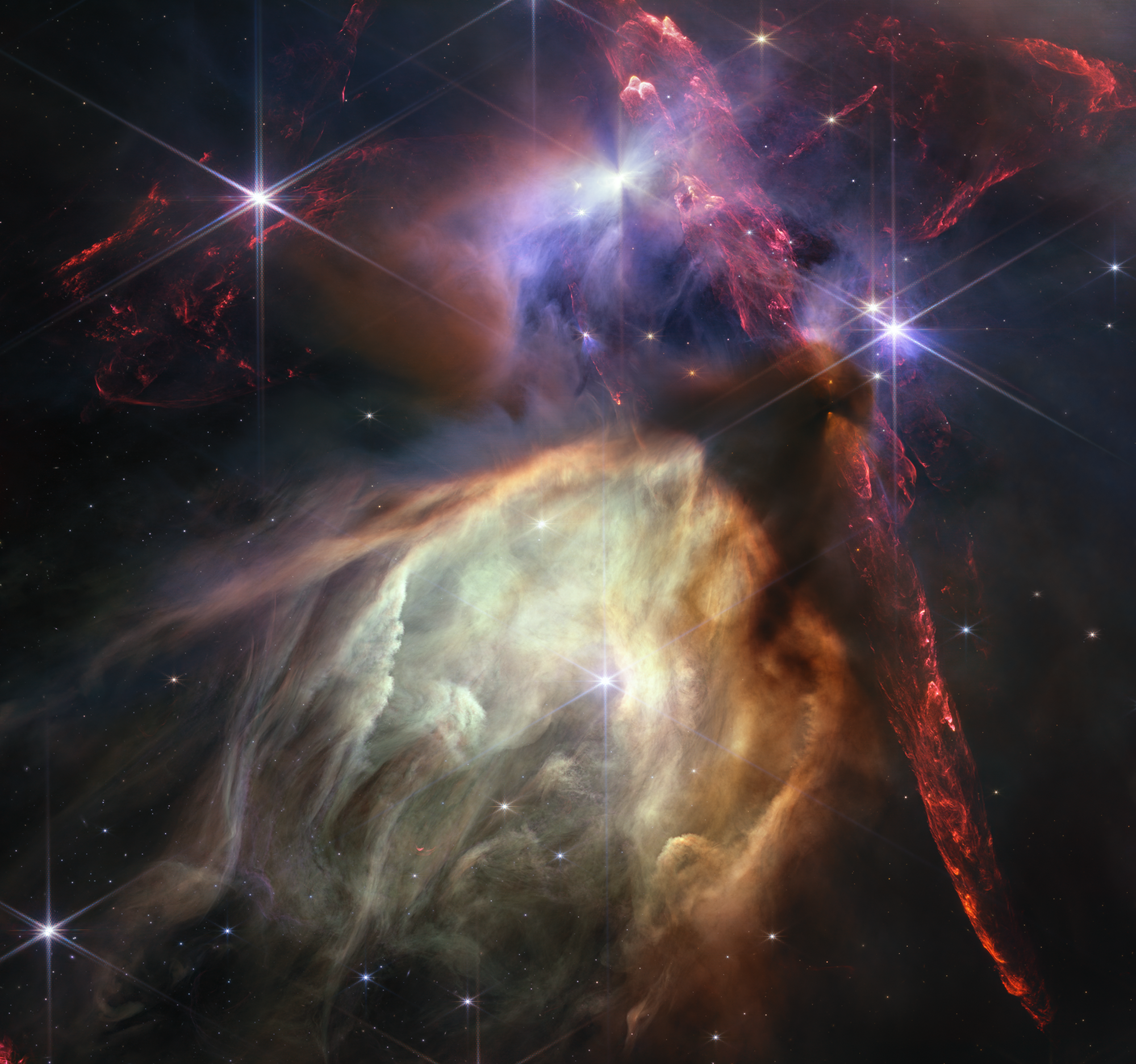acroig
Just another Troll
Can we go back to talking about the TELESCOPE? I liked that better
Seconded, take all this other crap to P&R.

Can we go back to talking about the TELESCOPE? I liked that better

If this thing sees farther objects much clearer than Hubble, will it show more detail on closer objects than hubble?
Like would we be able to see things that we missed with the hubble shots?
and anyone know when the next batch of pics come out?
NASA’s James Webb Space Telescope has peered into the chaos of the Cartwheel Galaxy, revealing new details about star formation and the galaxy’s central black hole. Webb’s powerful infrared gaze produced this detailed image of the Cartwheel and two smaller companion galaxies against a backdrop of many other galaxies. This image provides a new view of how the Cartwheel Galaxy has changed over billions of years.

https://www.nasa.gov/feature/goddard/2022/webb-captures-stellar-gymnastics-in-the-cartwheel-galaxy
NASA’s James Webb Space Telescope has peered into the chaos of the Cartwheel Galaxy, revealing new details about star formation and the galaxy’s central black hole. Webb’s powerful infrared gaze produced this detailed image of the Cartwheel and two smaller companion galaxies against a backdrop of many other galaxies. This image provides a new view of how the Cartwheel Galaxy has changed over billions of years.

Webb’s new view of the Pillars of Creation, which were first made famous when imaged by NASA’s Hubble Space Telescope in 1995, will help researchers revamp their models of star formation by identifying far more precise counts of newly formed stars, along with the quantities of gas and dust in the region. Over time, they will begin to build a clearer understanding of how stars form and burst out of these dusty clouds over millions of years.

A cosmic hourglass: Webb captures image of protostar swathed in dark clouds
New image offers window into what our Sun and Solar System looked like in infancy.
https://www.nasa.gov/feature/goddar...s-star-filled-portrait-of-pillars-of-creation
Webb’s new view of the Pillars of Creation, which were first made famous when imaged by NASA’s Hubble Space Telescope in 1995, will help researchers revamp their models of star formation by identifying far more precise counts of newly formed stars, along with the quantities of gas and dust in the region. Over time, they will begin to build a clearer understanding of how stars form and burst out of these dusty clouds over millions of years.

NASA’s Webb Telescope Captures Rarely Seen Prelude to Supernova


